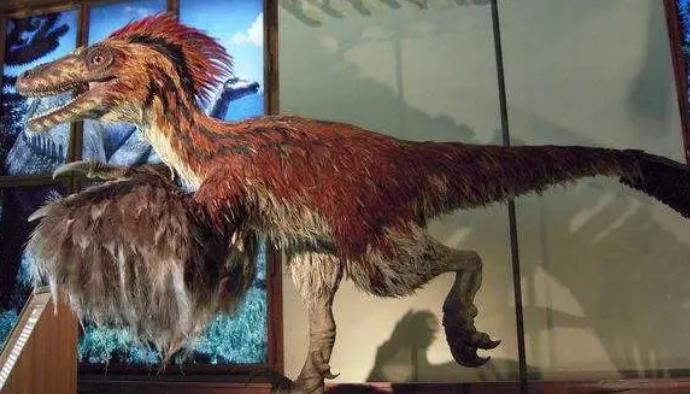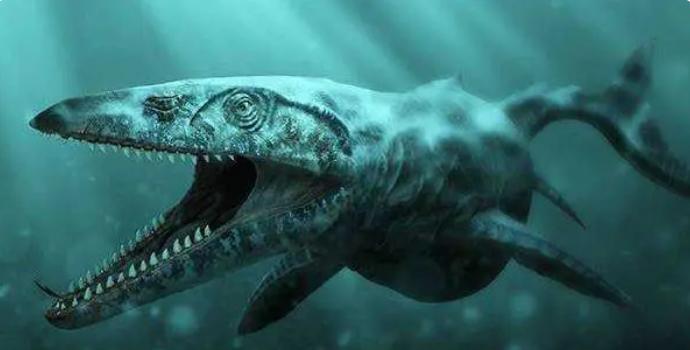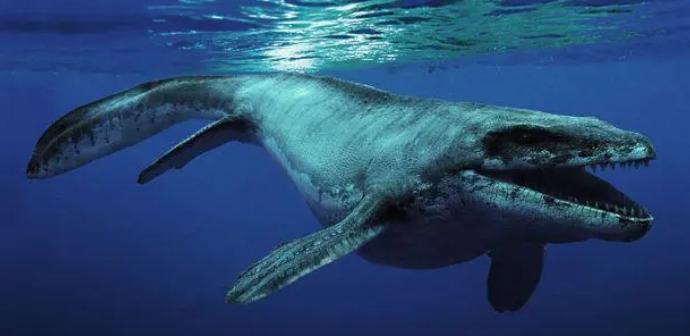Dinosaur Encyclopedia
Do You Know About Real-World Dinosaurs?
Dinosaurs, a term referring to a group of reptiles that appeared during the Mesozoic Era (Triassic, Jurassic, and Cretaceous periods), dominated the global terrestrial ecosystem for over 160 million years. Agile limbs, long tails, and massive bodies were characteristic features of most dinosaurs. They suddenly vanished at the end of the Cretaceous period, about 65 million years ago, becoming a mystery in the history of Earth’s biological evolution.
With the release of “Jurassic World: Fallen Kingdom,” discussions about dinosaurs have once again become heated. Do you know about the dinosaurs that once roamed the real world?
In “Jurassic World: Fallen Kingdom,” the Indoraptor is depicted as approximately 35 meters in length. However, the smallest known members of the Indoraptor family were only about 3 meters long and likely lived near shallow seas, using their bulbous teeth to prey on soft-bodied organisms like cephalopods and sea urchins. Larger members of the Indoraptor family, such as the Holcroft Indoraptor, reached lengths of around 21 meters and weighed approximately 33 tons, making them the most successful predators among all marine creatures during the Mesozoic era. Over 100,000 years, they eliminated their competitors, ultimately becoming the rulers of the ancient oceans. Their main prey included Thin Plate Dragon, Serpent Tooth Dragon, Triceratops, Megalodon, and sea turtles.
Indoraptor
Indoraptors lived in the Cretaceous Maestrichtian stage (approximately 70 to 65 million years ago) in the oceans near coastal areas, including nearly 20 known genera distributed worldwide.
Velociraptor, scientifically known as “Deinonychus,” also known as the “swift thief,” “quick thief,” or “fast lizard,” lived during the Late Cretaceous period, approximately 83 to 70 million years ago.

Deinonychus (Velociraptor)
Deinonychus had a relatively long skull, up to 25 centimeters long, with a relatively large brain, making them highly intelligent dinosaurs. They were agile and swift runners, adept at hunting fast-moving prey. Adult individuals were about 2 meters tall and weighed around 15 kilograms.
Deinonychus is one of the most familiar dinosaurs to the public, thanks to its prominent appearance in “Jurassic Park.” However, descriptions of Deinonychus in the novels and movie versions were inaccurate. The movie version of Deinonychus depicted it as much larger than its actual size and altered the shape of its mouth and nose, essentially conflating it with another dinosaur, Velociraptor.
Velociraptor
Spinosaurus, a large theropod dinosaur, with a length of about 20 meters and a weight of 26 tons, lived in North Africa during the Cretaceous period, approximately 114 to 65 million years ago. Spinosaurus currently has two species: Spinosaurus aegyptiacus and Spinosaurus maroccanus.
Spinosaurus
Spinosaurus had prominent long spines on its back, elongated from the neural spines of its vertebrae, reaching heights of up to 1.65 meters. It is speculated that the spines were connected by skin in life, forming a large sail-like structure. This sail structure likely served multiple purposes, including thermoregulation, energy storage, heat dissipation, attracting mates, threatening rivals, and attracting prey.
Triceratops, from approximately 68 to 65 million years ago, was one of the latest dinosaurs to appear and is often regarded as a representative of the Late Cretaceous period. It was a medium-sized quadrupedal dinosaur, about 6-8 meters in length, 2.4-2.8 meters in height, and weighed 5-10 tons. They had a 1.5-meter head shield and three 80-centimeter long horns, reminiscent of modern rhinoceroses. Two species have been named: Terror Triceratops and T. prorsus, but other genera have also been identified.

Triceratops
Stegosaurus was a giant herbivorous dinosaur that lived in the late Jurassic period, approximately 7-9 meters in length, 2-3.5 meters in height, and weighed 2-4 tons. Paleontologists speculate that Stegosaurus had two brains: the “main brain” in its small head and the “sub-brain” in its hindquarters. The coordination of these two brains allowed Stegosaurus to adapt to complex environments.
Stegosaurus
Along the arched back of Stegosaurus, there were two rows of kite-shaped bony plates arranged parallelly. In the area near the end of the tail, there were two pairs of spikes protruding horizontally, used to defend against some carnivorous theropods, such as Allosaurus and Ceratosaurus.
Brachiosaurus, lived in the Middle Jurassic period, approximately 6 meters in length. Its distinctive feature was an extremely long neck, measuring 3 meters, longer than the combined length of its body and tail. Despite its long neck, Brachiosaurus only had 12 vertebrae in its neck, each of which was quite long.
Brachiosaurus
They lived in shallow waters, sometimes coming ashore to capture insects and small reptiles. On land, Brachiosaurus hunted insects and small reptiles, while in the water, they fed on fish and ammonites. Brachiosaurus swam slowly, preferring to crawl along the shore reef. Without disturbing the prey, they used their long necks to bite the prey from a distance.
Ankylosaurus, also known as Euoplocephalus, was approximately 6 meters long, 2.4 meters wide, and weighed 2 tons. It had a low body and short limbs. The hind limbs were larger than the front limbs, and all limbs had hoof-like claws.
Ankylosaurus
Ankylosaurus was covered from head to tail with heavy armor, even its face and eyes were covered with plates. Its tail resembled a solid stick, with a heavy bone club at the end. When attacked by large carnivorous dinosaurs, it would vigorously swing its tail club, striking the attacker’s legs with force.
Suchomimus, a bizarre-looking dinosaur, was about 2.4 meters long and 1 meter tall. It had small front limbs, walked upright, and had a long, rigid tail, similar in appearance and behavior to a wild goat.

Suchomimus
Suchomimus had a hard, rounded skull with sharp spikes all around, serving as combat weapons for males within the group. The rounded dome could withstand powerful impacts, while the spikes could be used for mutual collisions, acting as weapons against enemies.
Pterosaurs, also known as pterodactyls, lived from the Late Triassic to the end of the Cretaceous period, approximately 210 to 65 million years ago, and were the first flying vertebrates. Their forelimbs were highly reduced, with the fourth digit elongated and thickened to form a wing finger, composed of four wing phalanges. There were no claws at the front end, but the forelimbs and hind limbs together formed a sturdy leading edge of the flight wing, supporting and connecting the membrane on the side of the body and the hind limbs, forming a flying membrane similar to that of birds.

Pterosaurs
Pterosaurs varied greatly in size, from the size of small birds like Forest Pterosaur to the largest flying creatures ever to exist on Earth, such as Quetzalcoatlus and Hatzegopteryx, with wingspans exceeding 12 meters and teeth up to 10 centimeters long.
Tyrannosaurus rex, also known as T. rex, lived in the Late Cretaceous period, approximately 68.5 to 65 million years ago, and was the largest member of the tyrannosaurid family. It had extremely small front limbs, only 22% the length of its hind limbs. It was about 14 meters long, with a head reaching up to 6 meters in height, an average weight of about 9 tons, a bite force of 120,000 newtons, and a maximum bite force at the tip of the mouth of up to 200,000 newtons. It was also the most robust carnivorous dinosaur.
Tyrannosaurus rex
Tyrannosaurus rex occupied the top of the food chain in the late Cretaceous period, preying on various dinosaurs in North America.
The Jurassic period was the heyday of dinosaurs. Dinosaurs that appeared and began to evolve during the Triassic period quickly became the rulers of the Earth, forming a diverse and varied “dinosaur” world. The above are just a few of the more typical dinosaurs that have appeared in film and television. Do you know of any other dinosaurs, my friend?